First Television, Now Picture Books – Contributors to Less Healthy Eating Among Children
/Concerns about the impact of television promoting products such as snack food and soda have been well documented for some time, but academic research is now suggesting another culprit for childhood obesity and a growing lack of healthy eating among youngsters.
Children’s picture books – the books filled with brightly colored drawings and basic themes that are staples of bedtime stories, pre-school readings and local story hours. How they depict food – and eating – has led a UConn researcher to raise red flags.
The study – conducted by Jane Goldman, professor emerita in UConn’s Department of Human Development and Family Studies, and Lara Descartes, a former assistant professor with the department and now a professor of Family Studies at Brescia University College in Canada – found that while the ratio of healthy to unhealthy foods depicted in books is higher than it is on television, books more often link positive events and concepts – such as love and nurturing – to treats, such as ice cream and baked goods, rather than fruits or vegetables.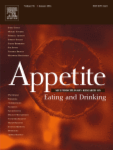
The findings were first published a year ago in the journal Appetite and were the subject of presentations last fall by Goldman and Descartes at the University of California at Irvine and a global conference on food in the United Kingdom, and reported this month by UConn Today.
“It’s not that you shouldn’t have ice cream in books, but people should be aware of what the underlying message is,” Goldman said. “What are the messages children are getting about foods when a picture book is read to them, and are those messages related to the obesity epidemic among children?”
The researchers evaluated 100 picture book titles in Scholastic’s “Favorite Books for Preschoolers” collection – a mix of classics and newer titles, fiction and non-fiction. Sixty-nine of the 100 books in the collection included one or more food items in the text and/or illustrations. Although “the ratio of healthy foods to nutrient-poor foods was higher in the books,” according to the researchers, there was bad news as well as good in their findings.
Goldman and Descartes first identified books in which food is mentioned one or more times – 48 titles fit into that category – and others in which food is a theme or sub-theme, a group that included 21 titles. The pages on which food is mentioned were then coded based on the placement of the food, or centrality; the level of emotion expressed, or affect; and the number of times, or frequency, with which the food is mentioned. Using characters’ expressions as a guide, researchers assigned a rating of positive, negative, or neutral to each food reference.
The researchers found that vegetables are depicted in more than a third of the books and centrally portrayed in more than half, but only 18 percent of the depictions received a positive “affect” rating. Conversely, sweetened baked goods are both centrally positioned, and have a positive “affect” about 80 percent of the time. And ice cream, although not in many books, always was associated with positive outcomes - five of the seven times ice cream is mentioned, it’s offered as a treat, to make someone feel better, or as a happy ending. Among the other findings:
- Almost all 69 picture books in the sample depict one or more healthy foods.
- Twenty-nine (42 percent) depict only healthy foods; and thirty-three (48 percent) depict both healthy and nutrient-poor food, but the majority of the depictions are healthy foods.
- Fruits, while depicted in more than half the books, are most often in the background, and only one-third of fruit depictions received a positive “affect” rating.
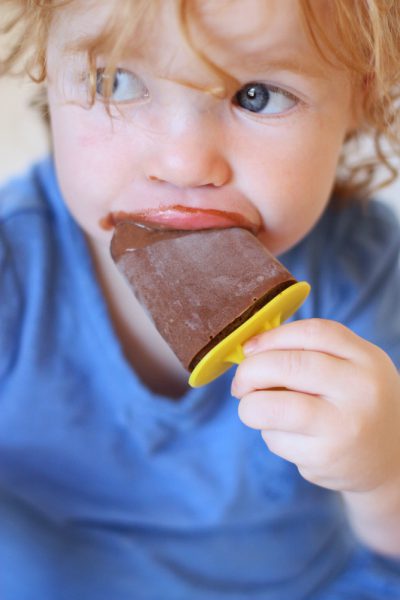 The researchers say it’s important to look at the context in which foods are presented as well as the frequency, observing that the people they interviewed rarely noticed that food was mentioned in children’s books, nor what messages were being conveyed, UConn Today reported.
The researchers say it’s important to look at the context in which foods are presented as well as the frequency, observing that the people they interviewed rarely noticed that food was mentioned in children’s books, nor what messages were being conveyed, UConn Today reported.
Goldman was not surprised, UConn Today reported, that many of the picture books surveyed in the study portrayed sweet and comparatively unhealthy foods as very desirable or that they were associated with positive outcomes. When nutrient- poor foods are presented both frequently and positively, she indicated, it may well contribute to children’s view of them as more desirable. This is especially likely given the fact that picture books are just one part of a child’s total media consumption and that television content is known to promote a positive association with nutrient-poor foods.
“What we hope the study does is make people aware of how food is presented in picture books, in the same way they have become aware of how gender roles are presented in books,” Goldman says. “Books are a tool we use all the time, so how can we use books to promote healthy ideas about food. In early childhood there is an emphasis on helping children read and on healthy eating and lifestyle, so why not think about the messages in books that support or contradict that healthy lifestyle message.”







 Eligibility Requirements for Book Awards to be made in 2017:
Eligibility Requirements for Book Awards to be made in 2017: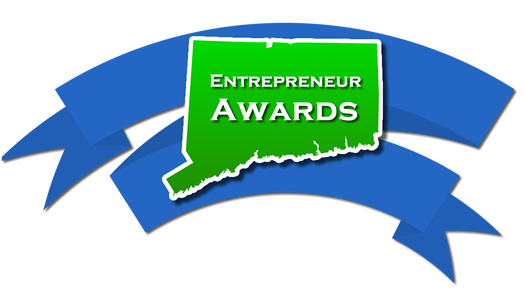


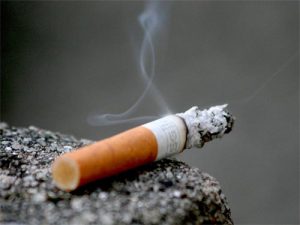
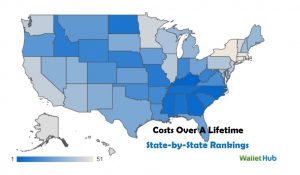
 The report, “Broken Promises to our Children: A State-by-State Look at the 1998 State Tobacco Settlement 17 Years Later," said the state was spending $1.2 million in FY 2016 to fight tobacco use. That's compared to an estimated marketing investment of $80.4 million by tobacco companies in Connecticut that year. The national average shows a margin of 20.1 to 1. At that time, Connecticut ranked 38th in spending on a percentage basis. The state has consistently spend
The report, “Broken Promises to our Children: A State-by-State Look at the 1998 State Tobacco Settlement 17 Years Later," said the state was spending $1.2 million in FY 2016 to fight tobacco use. That's compared to an estimated marketing investment of $80.4 million by tobacco companies in Connecticut that year. The national average shows a margin of 20.1 to 1. At that time, Connecticut ranked 38th in spending on a percentage basis. The state has consistently spend 
 As of January 9, 2017, 920 participants from across the country had submitted more than 6,300 articles from their local newspapers. The articles were published in newspapers located in all 50 states and the District of Columbia, and represent news articles, editorials, letters to the editor, political cartoons, and advertisements.
Individuals are urged to check with their local museum, historical society, or library to see if they will be hosting a research group. A classroom or school, a temple or church, a museum or library, or other community organizations can participate. Individuals can also participate. Organizations
As of January 9, 2017, 920 participants from across the country had submitted more than 6,300 articles from their local newspapers. The articles were published in newspapers located in all 50 states and the District of Columbia, and represent news articles, editorials, letters to the editor, political cartoons, and advertisements.
Individuals are urged to check with their local museum, historical society, or library to see if they will be hosting a research group. A classroom or school, a temple or church, a museum or library, or other community organizations can participate. Individuals can also participate. Organizations  can email Liz Shapiro at
can email Liz Shapiro at 
 uded in the College Scorecard among bachelor’s degree granting institutions are Lincoln College of New England ($31,800); Mitchell College ($30,400); and Goodwin College ($27,500).
uded in the College Scorecard among bachelor’s degree granting institutions are Lincoln College of New England ($31,800); Mitchell College ($30,400); and Goodwin College ($27,500). The College Scorecard, recently updated by the federal agency, is designed “to ensure that students and families have the most up-to-date, comprehensive, and reliable information available on colleges, all in an easy-to-understand format.” The website allows visitors to sort and filter search results to compare schools to assist students in deciding “which college makes the most sense when considering the typical costs, average student loan amount, students’ ability to repay their loans, and their future earnings,” the website materials explain.
The College Scorecard, recently updated by the federal agency, is designed “to ensure that students and families have the most up-to-date, comprehensive, and reliable information available on colleges, all in an easy-to-understand format.” The website allows visitors to sort and filter search results to compare schools to assist students in deciding “which college makes the most sense when considering the typical costs, average student loan amount, students’ ability to repay their loans, and their future earnings,” the website materials explain.


 Clients who qualify for services at the Hartford incubator will be those whose incomes exceed the limits for legal aid but fall within three times the federal poverty level. For a family of four, this would mean a maximum household income of $72,900. Clients wishing to apply for services may do so beginning in February, when information will be available at the center’s website: cclc.law.uconn.edu.
Clients who qualify for services at the Hartford incubator will be those whose incomes exceed the limits for legal aid but fall within three times the federal poverty level. For a family of four, this would mean a maximum household income of $72,900. Clients wishing to apply for services may do so beginning in February, when information will be available at the center’s website: cclc.law.uconn.edu.


























